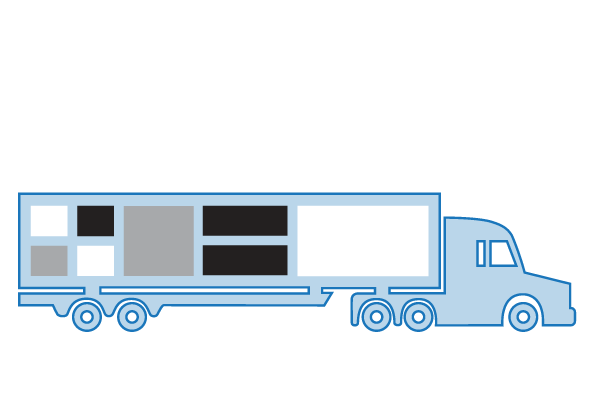Less than truckload (LTL) shipping is a common method of transporting cargo in smaller amounts (1-10 standard-sized pallets). Bigger companies that ship a lot might ship their freight by the truckload.
For smaller businesses that don’t ship quite as much, renting a whole truck wouldn’t make any sense, which is why LTL shipping exists.
What is LTL Freight Shipping
Instead of renting an entire truck to ship a few pallets which would leave over half of the truck empty, you can share the cost of a truck with other shippers.
That’s where less than truckload (LTL) shipping comes into play. Depending on your shipping needs, this can be the cheapest way to transport cargo.
Below we will get into some LTL-specific information.
LTL VS Parcel Shipping
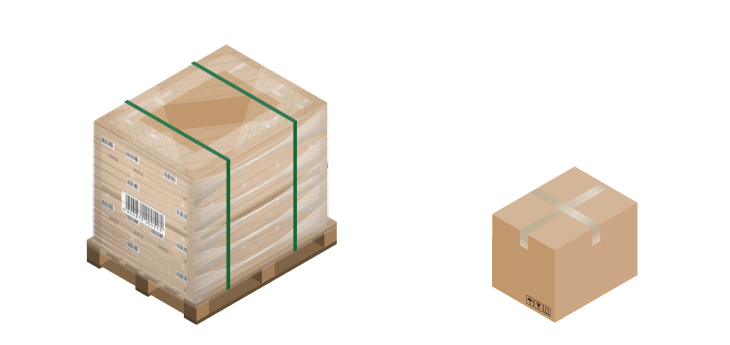
First off, how does LTL differ from parcel shipping? Both include shipping less than a truckload worth of cargo from one location to another.
The main difference between LTL and parcel shipping is the individual shipment size.
Parcels are small, lightweight shipments weighing under 150 lbs. They are labeled and shipped individually. Usually, they come in boxes with internal protective material, such as bubble wrap or styrofoam. Some carriers categorize boxes as parcels if their combined length and girth don’t exceed 165”.
For anything larger or heavier than the dimensions and weight listed above, you will want to look into LTL freight shipping. For instance, if you’re shipping several 150 lbs parcels to and from the same locations, you might want to consider palletizing and shipping them as LTL freight.
LTL Freight Class
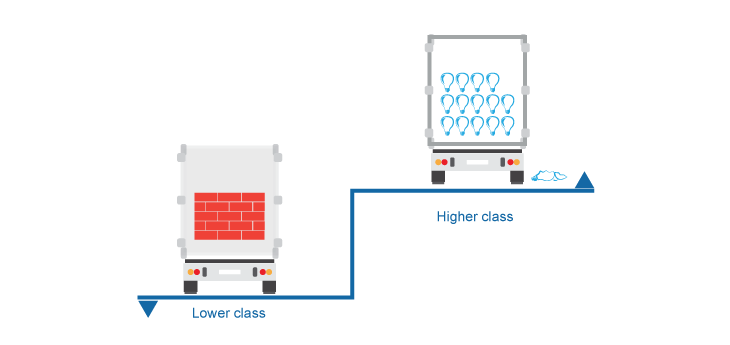
Shipping to, from, or within the USA differs from shipping within Canada in some aspects.
For instance, one of the differences is that there are no taxes applied to shipping costs in the USA.
One of the less fun sides of shipments regarding the USA is freight classification.
All freight is classified in one way or another. In Canada, it is common for freight to be classified by its density. However, one type of classification specific to the USA is the National Motor Freight Classification (NMFC), based on the National Motor Freight and Trucking Association’s (NMFTA) system.
There are 18 classes ranging from 50 to 500. Freight class is used to help carriers determine pricing for all kinds of different products and materials, based on their common traits. In general, the higher the class, the greater the expense to ship.
The standards on which commodities are classified vary, but in general, can be narrowed down to the following:
- Weight and size
- Density: Weight of your shipment per cubic foot – see calculator below
- Stowability: How the freight fits into the regular dimensions
- Assembly: Whether it is shipped in parts (Knocked Down (KD)) or already assembled (Set-Up(SU))
- Ease of handling: How fragile is it, or if it requires special handling instructions
- Liability: Value of the product, associated with risk of theft and damage
A commodity’s NMFC code is (in most cases) combined with its density to produce a freight class. Typically, commodities with a lower density are lighter (feathers or mattresses) and/or more fragile (lightbulbs) and are in a higher class. Higher density items (bricks or cast stone) are less fragile and heavier, therefore are in a lower class.
In summary, the higher the class, the higher the shipping costs. This can further be reduced to: The more fragile/valuable or difficult to maneuver your cargo is, the pricier it will be to ship.
This does not mean that you should use the class 50 on anything you ship since carriers can and will check your commodity. If they find that your class does not match your product description, they will reclass your shipment, increase shipping charges, and this will be non-negotiable.
In fact, to avoid re-classification by the carrier, it is imperative that you use the correct class provided to you by the Freightera staff. Unfortunately, we are unable to share NMFTA’s system on our website for legal reasons (they are a subscription-based service).
It is pretty obvious what happens if you use a higher class: your shipping quote will automatically be higher. That is fairly easy to avoid.
However, it can be quite tempting to simply use a lower class and we do not recommend trying this. It seems that if you simply use a lower class for your shipment, your shipping costs will be lower.
Unfortunately, this is not the case. If the carrier sees that your commodity shipped and the class provided do not match, they will re-classify your shipment themselves.
As mentioned, once a shipment is reclassified the new price is non-negotiable. There are a few ways to classify a single commodity. There are highly specific product descriptions that generally give a very accurate class and there are classes that include many different commodities.
For example, general machinery with no other information (NOI) covers a wider range of commodities but gives a higher class on average than a highly detailed description would.
The carrier may use the wider description for your commodity which places it under a higher class and into a higher price range.In conclusion, make sure to use the most accurate class possible for your shipments as the carriers can and charge extra otherwise.
LTL Shipping Modes
Two (and a half) shipping modes are available when talking about LTL freight shipping.
Basically, on the ground cargo can be moved via road, rail, or as a combination of the two.
Road shipping
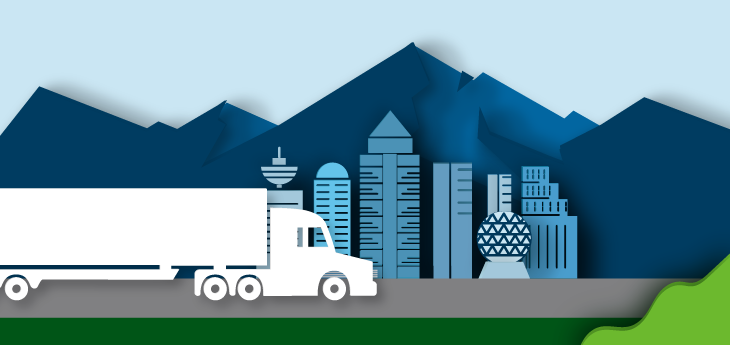
Shipping by road is by far the fastest method of ground transportation. However, of the three options available it is also the most expensive and the least eco-friendly in most cases.
Road shipping means that your shipment will only be moving by trucks. This means that your shipment is likely to arrive at its destination much sooner than by the other options.
Rail shipping
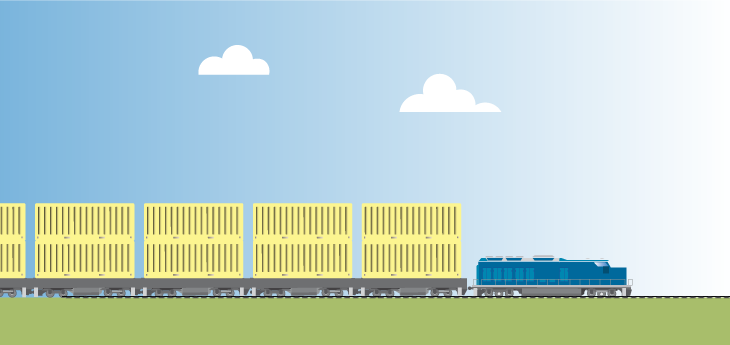
Rail shipping is the slowest option available but it’s by far the greenest and usually the cheapest as well.
The useful thing about rail carriers is that you don’t need to take your shipment to a railyard to have it moving. Rail services do use trucks for local pickups which then get taken to the railyard for further transportation.
Trains are the greener way to ship right now as they can handle much more cargo with only a single vessel.
Intermodal
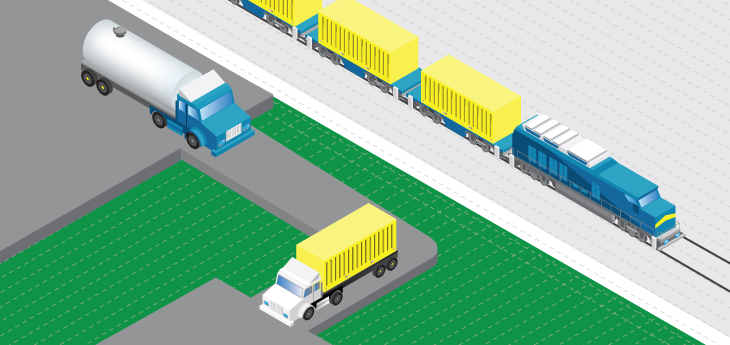
Intermodal shipping is simply shipping via two or more modes of transportation. For ground shipments, that means a combination of road and rail.
In general, this transportation mode should be a middle ground between speed and price.
The reasons for this combination are multiple; mainly a location would either be inaccessible by train or two or more partnered carriers might be handling a single shipment with each of them operating in different ways.
In short, based on your needs you may look at the carrier’s service type to determine what works best for you. The transportation modes, as well as individual carrier quality, can greatly influence the speed (and reliability) to price ratio.
Selecting The Right Carrier For your LTL Shipping Needs
Two main factors should be considered when choosing an LTL shipping carrier:
Shipping mode
Service type
We’ve already discussed shipping modes in the section above so in this part we’ll go over service types that you might want to consider depending on your specific needs.
The service type that the carrier provides is, at least when it comes to ground shipping, the most important factor when determining transit time and cost.
Service types vary but generally include standard services, guaranteed services, consolidation, expedited service, white-glove service, etc.
For most shipments, standard services (as the name suggests) are enough.
Pickup and delivery dates are not guaranteed, but in general, this is the best price to service ratio when it comes to moving cargo from point A to point B.
If you are looking for standard services, the best and easiest way to get your freight quote is through our automated system.
Consolidation is the best option for shippers who are not concerned with when their shipment will arrive, but rather with the cost.
That means that the carrier will pick up your shipment and wait until they have enough cargo for the destination terminal before a truck is on the move.
Guaranteed Services
Some carriers do offer guaranteed deliveries for LTL shipments, even though they are fully aware of everything that can go wrong during shipping. That’s why guaranteed delivery is heavily stipulated.
What does that mean? Simply, you pay a little extra for the carrier to treat your shipment as urgent. This does not mean that your shipment will somehow be immune to delays, but if any delays preventable by the carrier do occur, you will get your money back.
Carriers will not guarantee freight delivery for:
- Shipments that require appointments
- Shipments with pre-scheduled appointments
- Deliveries that require tailgates/liftgates
- Oversized shipments (differs per carrier, but 8ft and over is considered oversized)
- Delivery locations carriers that don’t service directly (serviced by partners)
- Delivery locations that are more than 50 miles away from the delivery terminal
- Shipments that are picked up late
- Shipments that are not ready by 5 PM on the day of the pickup
In addition to the rules above, all carriers require a sticker to be placed on the BOL and signed by the shipper stating that the shipment is to be moved as a guaranteed delivery service.
Guaranteed services are the best option for those that need to prioritize reliability and punctuality over cost.
Special Handling and White Glove Services
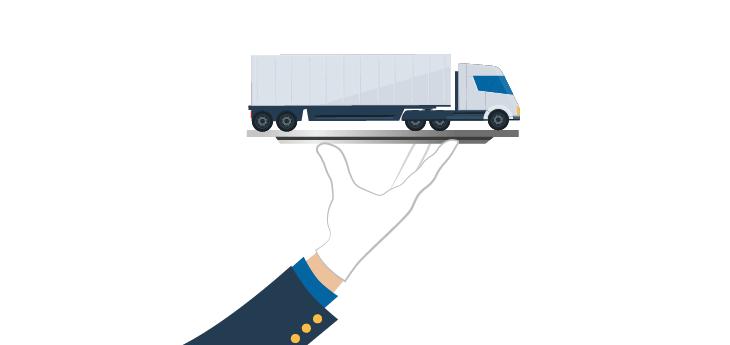
Business to business, dock to dock shipping is the industry standard. Anything that falls outside of that is considered special handling.
Tailgates, appointments, guaranteed deliveries, residential deliveries, etc. They all fall under special handling and are charged extra by carriers.
There are the standard special handling services carriers provide and others, more specific and time-consuming that only certain carriers will perform.
These specific services are what’s called white glove services. These services include but are not limited to sort and segregation, expedited deliveries with teams of drivers, debris collection, etc.
White glove services include dedicated trucks, meaning your shipment will not be transported along with other shippers’ goods. This is the right choice for those that want to spare no expense and be sure that their shipment will have all its needs taken care of.
Most Common Extra Charges And How to Avoid Them
Unexpected extra charges are a relatively common occurrence in freight shipping. It’s unfortunate, but it happens.
The reasons vary from predatory transport companies to shippers looking to save a dime and as with everything, usually, the reasons are somewhere in between.
So how to avoid these additional fees? Read on and find out.
The most common extra charges (as far as LTL shipping goes) are reclassification, tailgate, limited access/residential fee, and missed pickups/deliveries charges.
At Freightera we do our best to preemptively catch these errors during booking and adjust the charges accordingly while you still have a chance to cancel your shipment if you don’t like the new price. This, in our opinion, is a much better option than having no say about it after the shipment is already picked up.
Avoiding these issues is fairly simple. If you enter all of the information accurately during quoting, your rate will be all-inclusive.
The key to having all of the information is having good communication with your shipper/consignee. Make sure to ask them questions, such as: Are they experienced in shipping? Does their location have a dock/forklift? Is their location a business, a home business, or a business in a residential area? Are there any requirements when it comes to reference numbers? What are their hours of operations?
Basically, if you see an option that you’re not sure about on our quoting page, you should ask your shipping partner or a Freightera shipping specialist about it.
For reclassifications, it’s best that you do not do your own research. There is only one reliable way of getting an accurate class for your commodity and that is through classit.nmfta.org. NMFTA’s website is a subscription-based service. Since shipping is what we do, we are subscribed to their services so you don’t have to be.
Asking our client care agent for your class is the most reliable (and free) way of getting accurate information.
Another important thing is to actually use the class provided by our agents. We understand that sometimes you can get a better price on our website if you use a lower class than the one provided to you. However, this lower price is purely cosmetic. Carriers will check the class provided, compare it to the actual commodity shipped, and adjust prices accordingly.
For tailgates, the matter is relatively simple. All you have to do is contact your shipping partner and confirm whether they have the means to load/unload such as a dock or forklift.
If they don’t, make sure to request the tailgate service at the location that needs it and you’re set to go.
This step may only prove problematic if you’re having trouble reaching out to your shipper/consignee. Luckily, there’s a workaround for this as well.
Using Google Maps is a quick and easy way to confirm whether a location has a dock. Simply enter the location address and check via both aerial and street view if you can spot a loading dock. If you cannot, then the safest option is to request a tailgate. Gambling usually proves costly.
For residential/limited access things are slightly trickier. There are many criteria based on which locations can be deemed limited access.
We’ve covered limited access locations in more detail in the “location types” section. However, to avoid having your invoice revised after pickup, you will want to keep the following in mind.
If a location cannot accommodate a 53’ truck, has a gate at the entrance, is a non-standard business, or is not open to the public during business hours you will at the very least want to consult your Freightera shipping specialist about how to proceed with shipping.
If you see your location outside the standard business category without our assistance, feel free to simply check off the limited access check box during quoting and you’ll be good to go.
When it comes to pickups/deliveries there are a few tricks you can go to in order to make sure you avoid extra charges.
Firstly, check the hours of operations for both locations before booking your pickup. Make sure to check if a location requires an appointment beforehand as well.
Confirm if any reference numbers are needed at either location and make sure they are indicated on the BOL.
Keep in mind that pickup/delivery dates are estimated and not guaranteed, so you want to make sure that if a pickup/delivery is missed someone is available to give or receive the shipment on the following business day.
Tips to Save Money And Ship Green
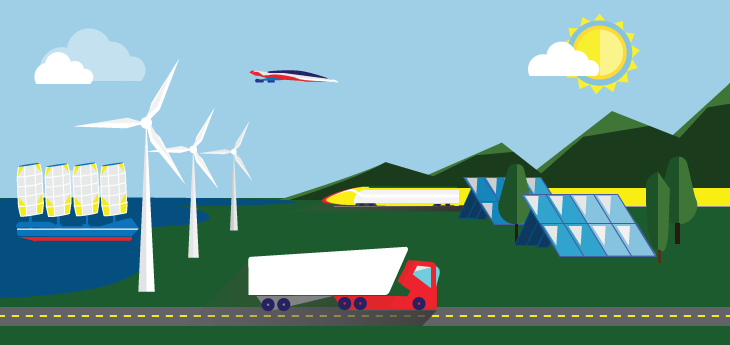
Due to the amount of cargo a single freight train can carry, shipping by rail is the greenest option for shipping freight right now. Due to the transit times being a bit slower, they are usually the cheapest option too.
In addition to that, Freightera is also constantly working on acquiring new and greener carriers.
For this reason, keep an eye out for our CO2 reduction icon on the quoting page which will allow you to select a carrier with reduced emissions compared to the industry standard.
Another good (and green) way to save money is to reuse your pallets.
Using pallets, in general, is a good way to keep your cargo safe and get better pricing from carriers. Since you should be palletizing your shipments anyway, why not reuse them as well?
If you’re not concerned with transit times, another good way to save money and ship green at the same time is to use rail consolidator carriers.
Not only do these carriers ship by rail but they also wait until they have enough cargo to make the transport worthwhile.
Cross-Border Shipping
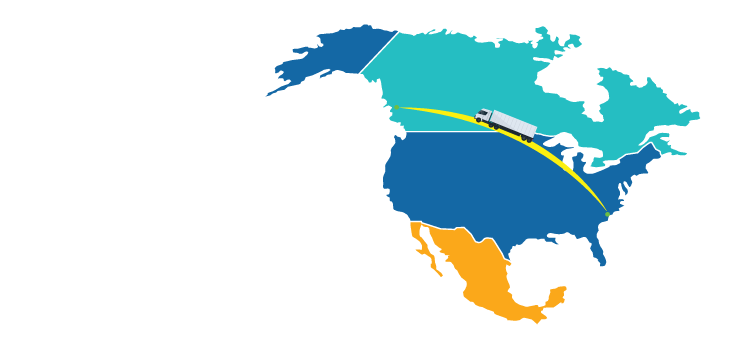
Cross-Border shipping is very similar to any kind of domestic shipping you may be doing. The only difference is the customs clearance.
To ship anything from the USA to Canada or vice versa, you need the proper documentation.

